Yes, I got the spray bottle with the order.
I did start out yesterday with a large cup wire wheel on my 7" Milwaukee grinder. And full dust mask and eye shield. I removed all the surface flaky rust. It is pitted pretty bad from salt that got under the original weathered rubber floor mat. This mat was falling apart when I removed it last week. And per your earlier description, I washed the loose dust off first. Then I sprayed on the product and covered with Glad brand plastic wrap (had a box in the kitchen). I kept rewetting this through most of the day every hour or so. I just got up in the middle of the night here, and washed the black iron phosphate off the surface, then reapplied the rust blast product again. I'm not seeing any bare metal yet.
I like the suggestion of dripping the product onto a corroded bolt. I had just such a bolt on the left front steering linkage that attaches to the spindle. I was using PB Blaster (un impressed) as well mix of ATF and acetone (also didn't work) after two days. I did make a soft metal punch as the bolt sticking out was 1/2", so I counter bored a 1" piece of aluminum round bar. And ran a boring bar to relieve the inside edge so it would only push near the center of the bolt. I did mushroom the aluminum, it finally broke free, and I saved the bolt. I did have to run a die on the NF threads, and put a new clean chamfer on the edge (used a brass hammer initially, didn't like seeing the bolt distressed), as well redrill the cotter key hole. I'm going to sand blast the bolts and nuts.
I'll keep reapplying product through the day. I probably should have bought their detergent degreaser, as they really have a system for improving the outcome.
We shall how much bare metal I can recover. The ultra pitted stuff needs to be cut out and replaced. Should be a fun location to TIG weld.


 LinkBack URL
LinkBack URL About LinkBacks
About LinkBacks



 Reply With Quote
Reply With Quote

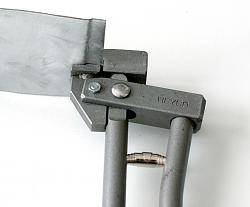
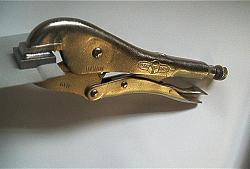
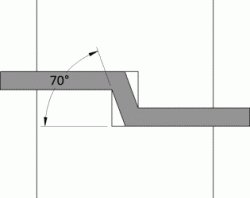
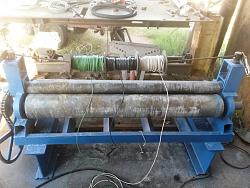

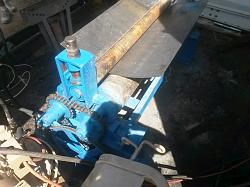
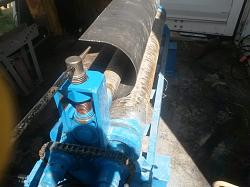
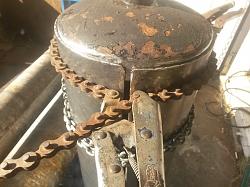


Bookmarks